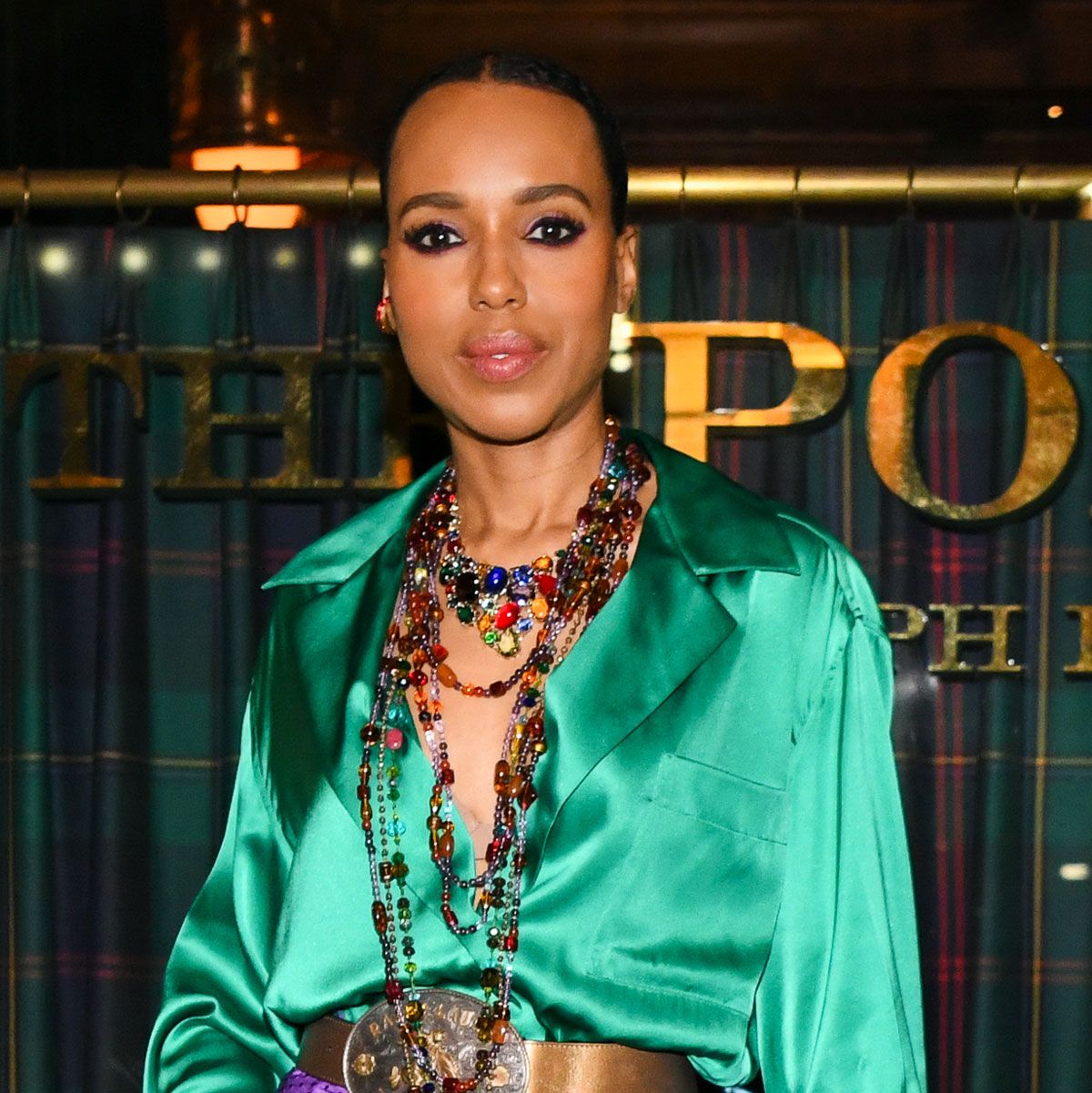Natural Beauty Hinges on Consistent Inconsistency
Nature’s variability touches everything, from texture (“We have two products, one that melts when it’s too warm, and a hair elixir that, if it gets too cold, the shea butter beads up into little balls that have to be warmed in your hand,” says Weldon), to smell (“Sometimes rose is very powdery, sometimes it’s a little more lemony,” says Harper), to pigment. “One of the more challenging areas [for us] is organic makeup,” says Karen Behnke, founder of Juice Beauty, a mainstay in the natural beauty space for nearly two decades. “A rose, for example, doesn’t always bloom in the same color; still, we have to shade match every time.” This goalpost finds the team in the lab (located in Sonoma County, California, along with the brand’s 20-acre organic farm) blending pigments until the same well-loved hue is achieved. “With our skin care products, we don’t have to do that—there’s maybe a slightly different white or beige, but it’s minimal,” says Behnke. “The slight, slight variation, I think our customers appreciate. But when it comes to a lip or a blush or a foundation, that’s where it’s important to us. You have to be committed to the mission.”
From a customer service standpoint, Weldon addresses the learning curve that comes with going the natural route. “When people do inquire/complain, we try to help them understand why it’s like that,” she says, noting that any quirks are detailed online alongside the respective product. “We could put a synthetic filler in there and it wouldn’t do that, but we’re not going to do that. And if they’re unhappy, that’s OK—that isn’t our customer.”
In addition to nature’s inherent variability, Christensen notes that, as many of Flamingo Estate’s featured ingredients aren’t available year-round, purchasing must be planned and scaled around harvests. Though tricky, the approach has its benefits. “As much as possible, we source ingredients from farms where we intimately know the growing practices,” he says. “We get to hear, see, smell, and learn every aspect of that ingredient along the way. We know when each plant blossoms, we know the amount of rain, sun, wind, or cold that year and how that affected the harvest, and we see the result in that ingredient.”
While natural-leaning brands do tend to embrace to sustainable practices (a love of the Earth, and all), the terms are not entirely synonymous. “I have tried to stay away from calling myself sustainable,” says Weldon. “We use rose oil that is so precious that it takes 40 pounds of roses to create a drop, that’s not sustainable.” Harper shares the sentiment. “We’re not a company that formulates “clean” products—we focus on completely pure ingredients,” she says. Consideration around life cycle, eco-friendly packaging, and ethical sourcing—all of which the aforementioned brands favor—play their part, too. But understanding exactly what is in your preferred products and championing brands that honor raw ingredients and their origins provides a worthy starting point in a perfectly imperfect collective shift. “We have to rethink and reconfigure how things have been done and get customers excited and curious to reframe the conversation,” says Christensen. “It doesn’t have to be guilt, fear, or shame—we can and should get excited about what Mother Nature has to offer and celebrate her luxuries.”
Source link




